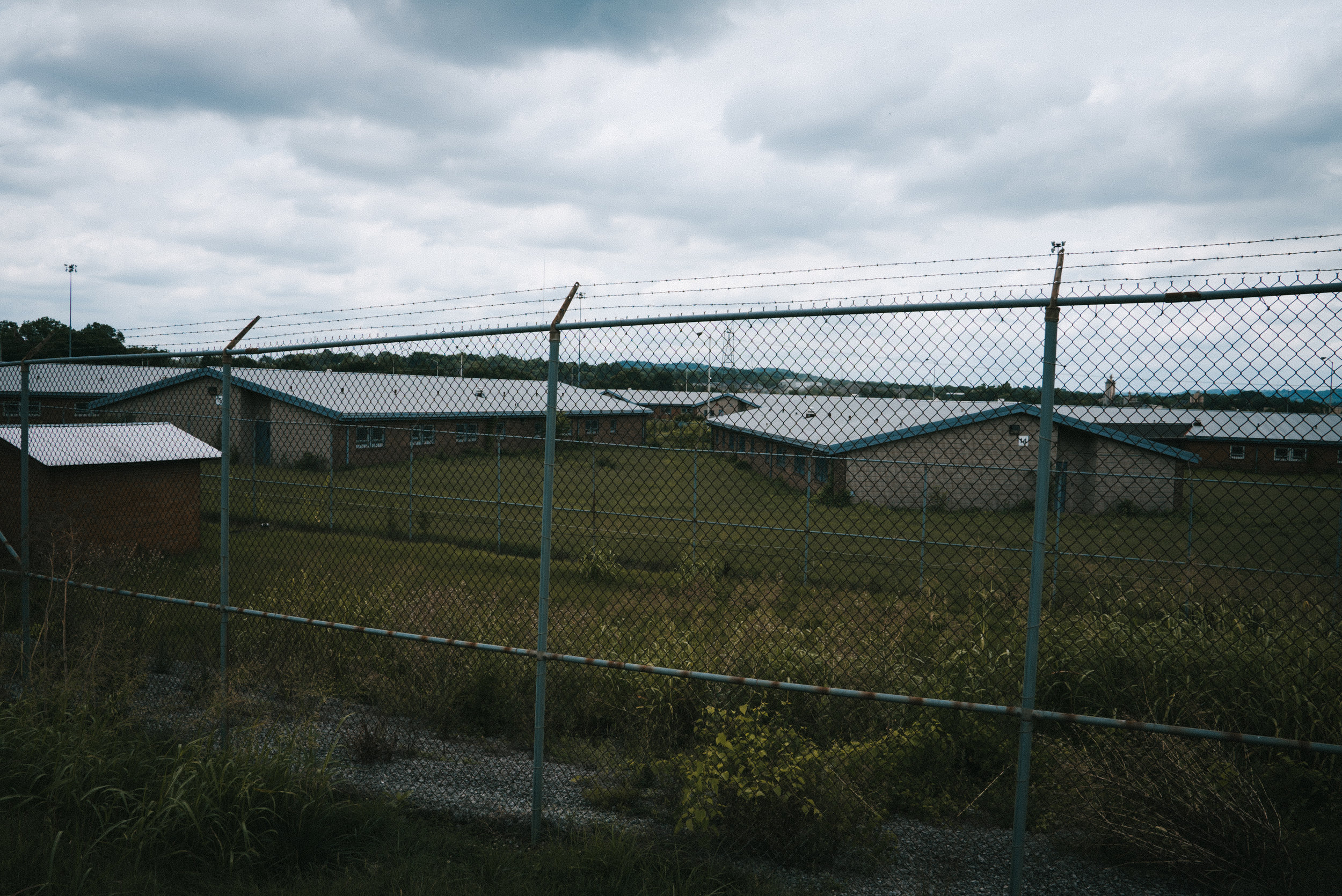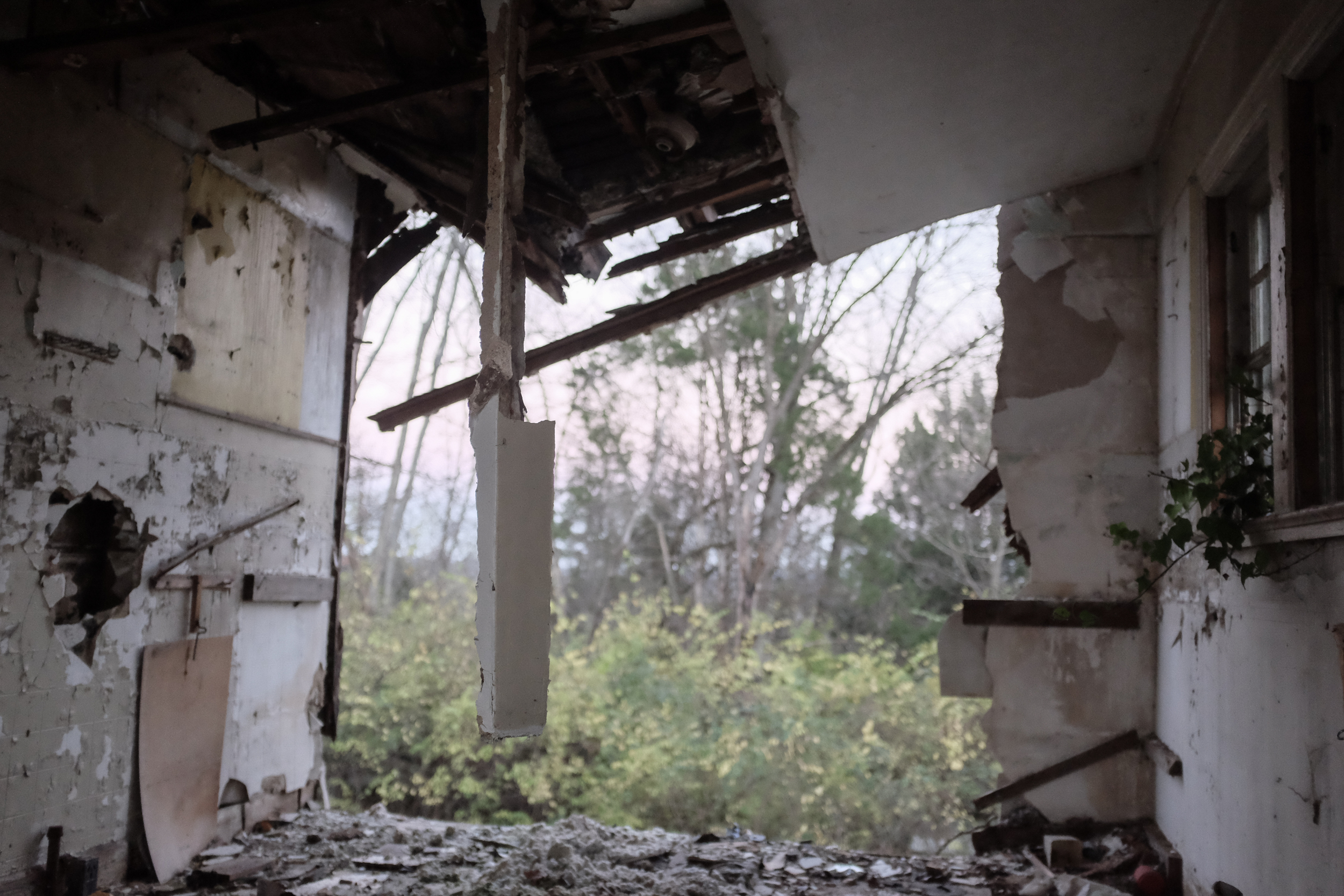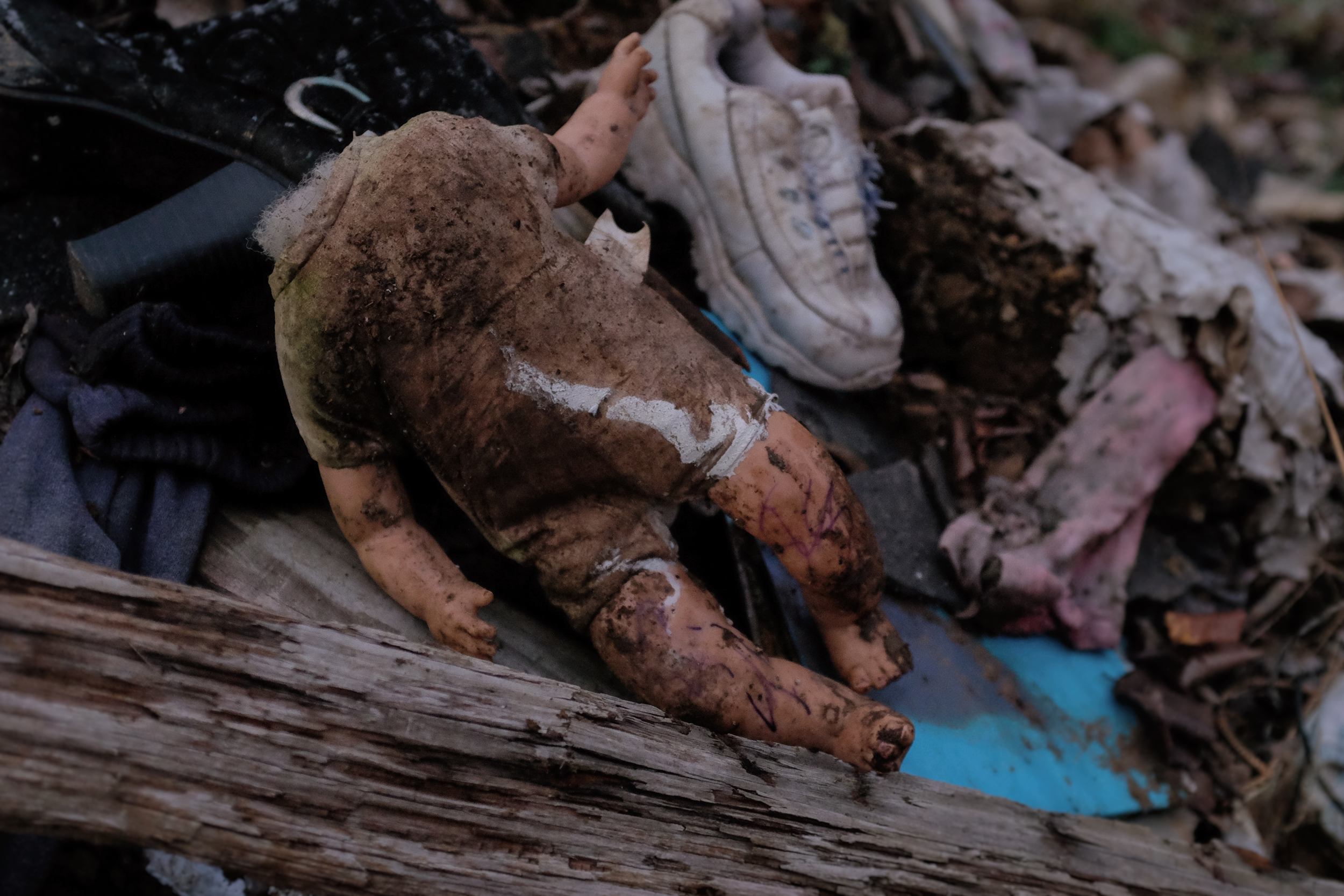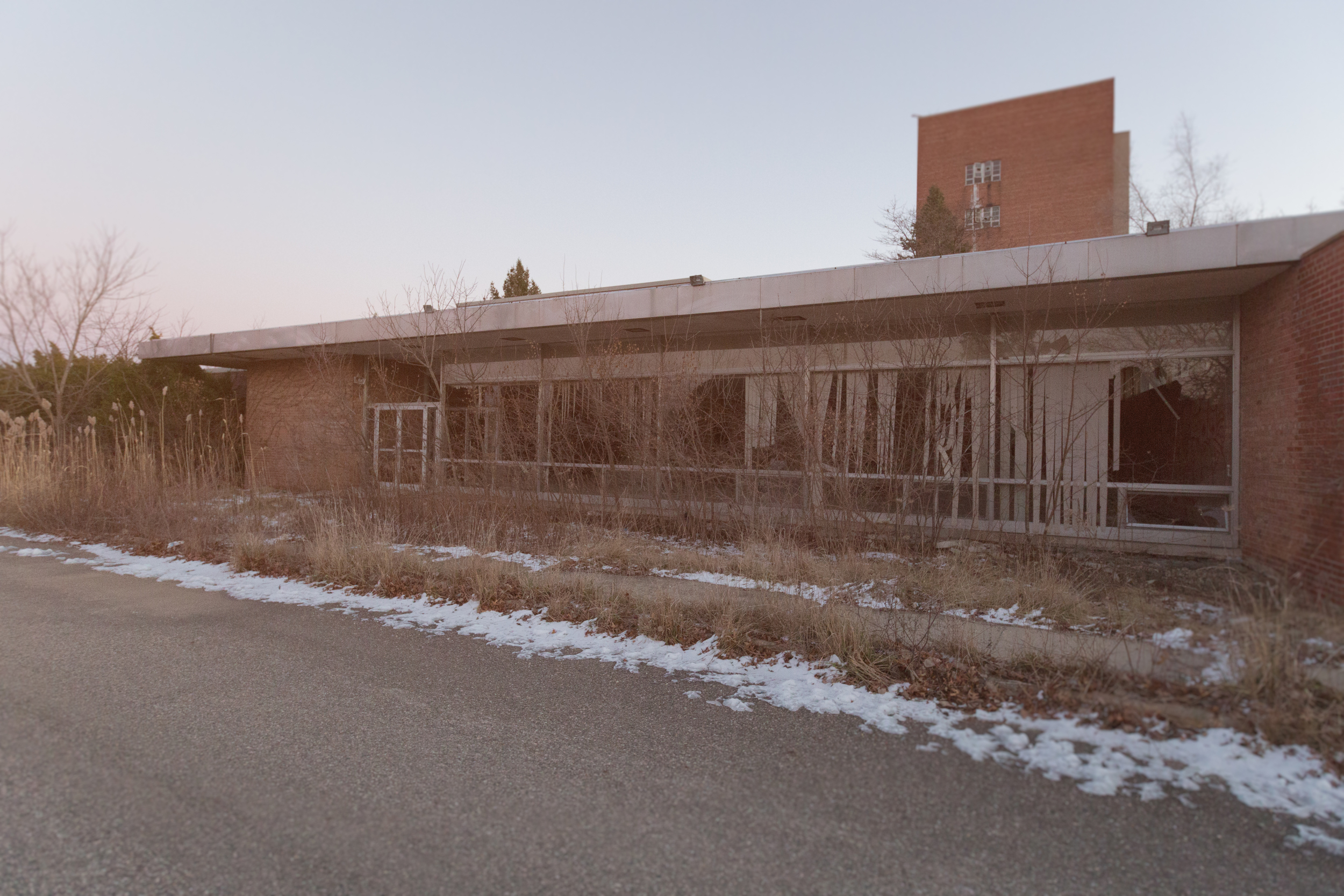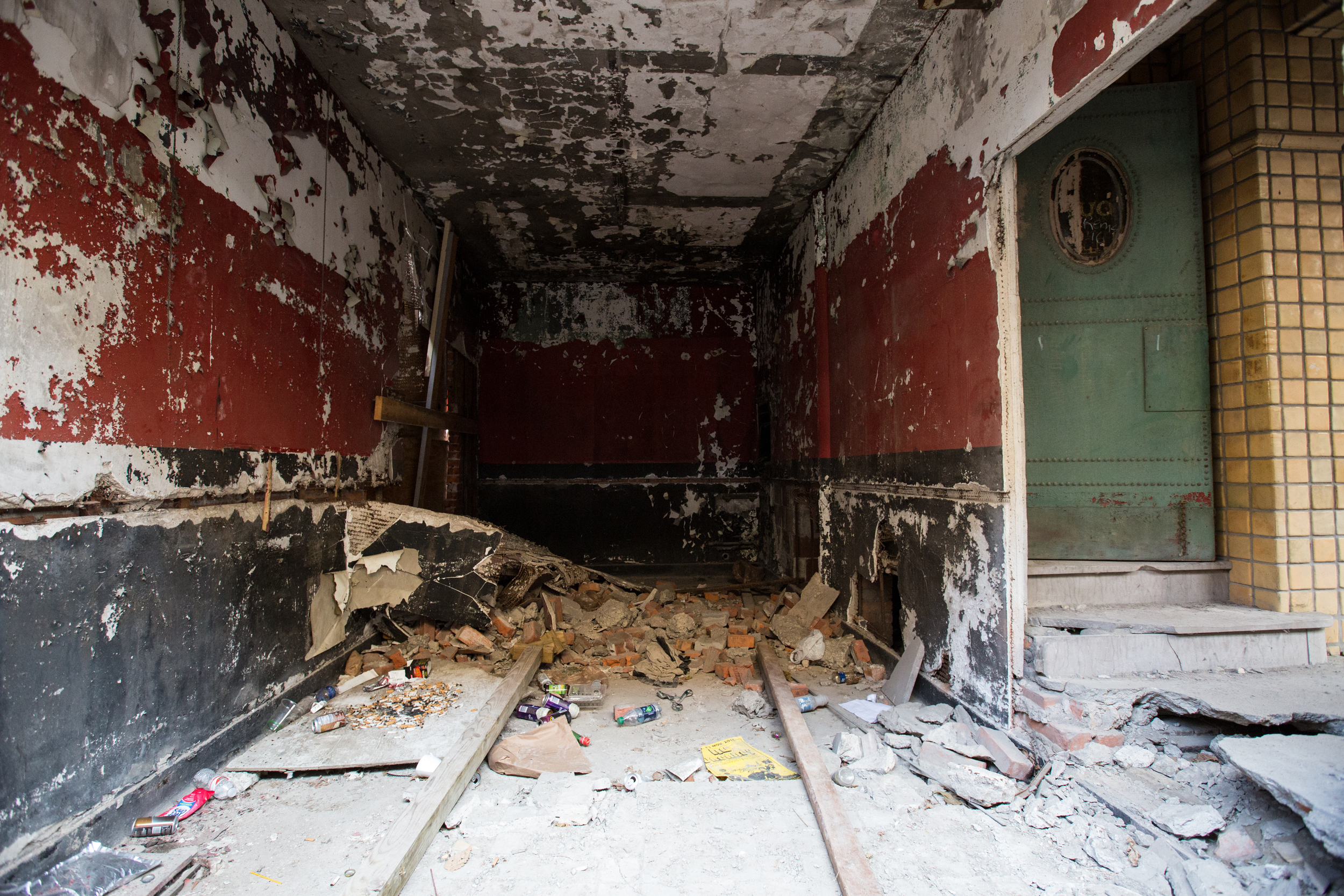PRISON: In 2014 the state proposed closing the Charles Bass Correctional Complex in Nashville with a goal of saving over $16 million per year.
Read MoreVisiting a closed down TN Department of Corrections Facility
Looking Back: The shut down of the Tennessee State Prison
The old and now deserted Tennessee Prison opened in Nashville during the year of 1898. It later closed down in 1992. But, do you know why it shut down?
The prison shut down due to a class action lawsuit filed in 1983. The Federal Courts issued a permanent injunction that prohibited the state from ever putting another inmate into the old Tennessee State Prison.
The Grubbs V. Bradley case led to the determination that the conditions of living behind the walls was unfit for human habitation. Some prisoners had as little as 19-square feet in their prison cells.
Scotty Grubb and four additional inmates filed a suit on behalf of themselves and others being held in the prison in 1983. The suit alleged rampant violence, improper medical care, poor sanitation and overcrowding. Violence, according to court documents, included rape, robbery, stabbings, inmate vs. guard violence, guard vs. inmate violence and murder.
In the medical hospital on site, prisoners who were trustees were said to be involved in the direct delivery of health care. The inmates, who were completely exempt of certifications, licensure or training in the health care industry, assisted in examinations, surgeries, cleaning medical equipment, reviewing inmate medical records and more.
As a result of the court findings, the old Tennessee Prison eventually shut down.
Tennessee Department of Correction opened a the new Riverbend Maximum Security Institution at Nashville in 1989.
Source:
Grubbs v. Bradley, 552 F. Supp. 1052 (M.D. Tenn. 1982)
A Ghostly Nashville Sounds Stadium
Nashville Sounds, Greer Stadium: The Herschel Greer Stadium was built in 1978 for the Nashville Sounds. Many who grew up in and around Middle Tennessee have fond memories of games at the Nashville stadium. Hot dogs, cold beer and mustard covered pretzels are likely included in some of your memories.
The Nashville Sounds became a part of Nashville when Larry Schmittou decided he wanted to bring baseball back to Davidson County. In the 1970’s, Schmittou inked a deal with the City of Nashville for the plot of land below Fort Negley. The fort was a forgotten part of the American Civil War and had not been developed into a tourist stop until 2004, years after the construction of the baseball stadium.
Schmittou was born into baseball and even named after “Larry” Gilbert, manager of the Nashville Vols Minor League Baseball Team (1938-1948).
The Nashville native began his coaching career as a junior at Cohn High School, coaching for a youth baseball team of children who were 12 and under. After graduating from Peabody College (later merged with Vanderbilt), he became a teacher for the Nashville Public Schools and eventually moved on to become the head coach of the Vanderbilt Commodores baseball team from 1968 to 1978.
Schmittou was also an entrepreneur. In the late 1970’s, he owned several minor league baseball teams, but the Music City was always in his heart as the Nashville Sounds was his very first minor league team.
As for the name of the Greer Stadium, it also has to do with Tennessee baseball history. The stadium was named after Herschel Lynn Greer, a Nashville businessman and the very first president of the Nashville Vols baseball team. Greer died in 1976, so the naming of the stadium came after his death.
In 2014 the stadium closed down as the Sounds moved to their newly built First Tennessee Park. The new park is built on the Sulphur Dell site, which was the original location of the Nashville Vols baseball team.
By the way, the original name of the Sulphur Dell ballpark was the Sulphur Springs Ball Park, named after a Sulphur spring near the site. The word “Spring” was eventually dropped and changed to “Dell” by a Nashville sportswriter, suggesting that “Dell” rhymed with more stuff in his unique sports stories.
A gas station from the past
There is something romantic in a whimsical sense about an old 1960's gas station sitting empty on an old country road in the middle of nowhere Georgia.
This was once a full service shop with a single bay, unlike what you see today. Pay at the pump did not exist, you had to make human contact for a gas transaction. Needed to use the phone, it cost you 10-cents to utilize what hung on the side of a pole about 50 feet away from the pumps. Buying a single candy bar and a glass bottle of Coca-Cola while using a credit card... unheard of.
"Nostalgia is a file that removes the rough edges from the good old days." - Doug Larson
Urban Decay Somewhere in Florida
They quietly sit empty in Florida on a small and shallow lake. Urban decay somewhere in Florida.
"Without publicity there can be no public support, and without public support every nation must decay." - Benjamin Disraeli
Old South Pittsburgh Hospital
In 1959 four doctors founded the Old South Pittsburgh Hospital in the hills of South Pittsburgh, Tennessee. The medical facility met the surgery needs of the community and even had a small wing for mental patients.
Some report the hospital is haunted due to the many deaths that occurred in the block and concrete structure over the years. As with any medical facility, some of those deaths involved children, adults, car wreck victims, etc. Wrongful death suits were filed in several cases, but that was not believed the reason for the hospital closing their doors to patients in 1998.
Due to a brand new hospital opening in a nearby city, the Old South Pittsburgh Hospital could no longer stay in the black.
Prior to the hospital being constructed, the land that the facility sits on was once a large southern plantation. A fire in the 1920’s destroyed the plantation home which reportedly left 7 children dead, according to the Old South Pittsburgh Hospital Ghost Hunters.
Today, the former hospital has been labeled as one of the most haunted places in Tennessee. To answer your question, no… I did not feel as if it was haunted. But, maybe I refuse to think such a structure could be haunted and therefore failed to see what others have claimed to see.
It was once one of the largest Army and German P.O.W. Bases in the South
Prior to World War II, a large military base formed in Union County Kentucky. The United States Government came in and gave farmers below what would be considered fair market value at the time for their land. The flat acreage where you could see as far as 16-miles proved to be the perfect training grounds troops to learn war weaponry of guns and tanks. The rural area is a little over an hour away from Clarksville near the Indiana state line.
Camp Breckinridge in Union County was the headquarters of the 506th Regiment of the 101st Airborne Division in the 1930’s and 1940’s.
As World War II broke out in 1937, the U.S. Army quickly realized they needed a place to house German Prisoners of War. The base in Union County became the official P.O.W. prison camp housing 3,000 Germans.
The base population stood at about 45 thousand residents prior and during WWII and later the Korean War. The large base was also home to basic training for new Army recruits in the 30’s and 40’s.
Today, the population in Union County, Kentucky is about 15,000 residents. Of course, that is a drastic drop compared to the 45,000 military residents and 3,000 inmates that called Union County home between 1930 and 1950.
Most of the old World War II era barracks that were left standing were sold to investors in the 1970’s as the land was divided, but the majority of the military classrooms, prison walls, prison cells, cafeteria’s and stores on the massive base were torn down when the government shut the base down. Investors later hired contractors to perform low cost renovations on the interior of the 1930 era barracks dividing them into duplexes so that they could be rented out to residents of low income brackets.
As we drove through what was once the base, every 50 to 100 feet you could see large smoke stacks protruding through heavily dense wooded areas that were to my right and left. I then stopped the truck and walked into the woods to further examine the stack's. I could still see the concrete foundations to old military buildings that probably went for miles. There were 50 or more stacks on the land in the area near the old barracks.
A railroad once ran between the military base and the Ohio River, which was only about 7 miles away. Supplies were shipped to the base on barges and by rail.
On the banks of the river, we found a massive chain that may have once been used to tie off the barges while they unloaded. The large chain was about six inches in diameter.
As you look at these photos, imagine it a base that was once alive and vibrant.
A little creepy
This is an old deserted home I came across recently. It was a little creepy, lot's of dolls lying around in the rubble.
While I realize this was once a home, I could not get the thought out of my mind about all the waste we have in our heads. I know that sounds weird, but I saw the comparison with this house. Years of debris like the doll I found with the head ripped off... I don't think I will be back to visit this place.
"If you leave the smallest corner of your head vacant for a moment, other people's opinions will rush in from all quarters." - George Bernard Shaw
It was once Beautiful
Detroit has more than 10,000 abandoned homes and is labeled as having the highest crime rate in America. However, it was almost poetic seeing architecturally beautiful 19th century homes falling apart in fields all throughout Detroit. It was like walking through a graveyard of vast wealth that no one kept up with.
This home, probably 5,000 square feet in size, was missing the entire back wall.
"Art is never finished, only abandoned." - Leonardo da Vinci
Empty neighborhoods a mile long
A neighborhood street in the downtown area of Detroit.
"Downtown Detroit has more vacant buildings over 10 storeys than any city in the world." - Meg White
Built in 1967
This small building was built in 1967. It sits behind a shuttered Detroit Fire Station that still has a 1980’s model fire truck sitting in the rear parking lot.
The building, once covered in graffiti, was pressure washed and nicknamed “Dzale’s House of Faith.” That was over 10-years ago and I have no clue as to who Dzale is or where he might be? I can say for sure, he was not in his house of faith.
Today, it sits empty.
Empty Places: Deserted and trashed home
The walls were blank of family portraits, but it was clearly evident that this house was once a home to someone or some family. The house was on an empty street that was once crowded with homes. The City of Detroit bulldozed the other homes on the road to prevent arson, which costs the city money. This home, likely still owned by a family, was spared.
“Home is people. Not a place. If you go back there after the people are gone, then all you can see is what is not there any more.” ― Robin Hobb, Fool's Fate
Empty Places: In the mountains of East Tennessee
An empty house in the mountains of East Tennessee sits alone and overgrown with dust. Papers are in place as if someone left their life out the front door. Canning jars were filled on shelves with newspapers dating back 50-years or more.
"Leave it as it is. The ages have been at work on it and man can only mar it." - Theodore Roosevelt
Empty Places: Nuclear Power
In the middle of rural America sits an empty and deserted nuclear plant. Some may find that hard to swallow, but it’s closer than one might think to their backyard.
The Hartsville Nuclear Plant is located in Trousdale County, Tennessee, a county with a population of fewer than 2,400 residents. The Tennessee Valley Authority (TVA) decided to build the massive nuclear plant on land directly next to the Cumberland River in the 1960s. The plan was to construct four General Electric boiling water reactors to generate electrical power. The plant would have heated water to the point of steam, which would then drive a steam turbine. The heat was to be produced by nuclear fission in the reactor core.
However, the Hartsville Nuclear Plant never materialized. Construction began in 1975 but came to an abrupt stop in 1983, with the project fully canceled in 1984.
Today, the plant sits empty and unfinished. The state later decided to use the site to build a 2,552-bed medium-security prison. The facility, known as the Trousdale Turner Correctional Center, was built at a cost of $143 million.
Inside a vacant Detroit home
Inside a vacant Detroit home. Empty. Poetic to some, romantic to others and just plain vacant to the surrounding world.
The Detroit Free Press
The 14 story Detroit Free Press building stands empty in downtown Detroit. It is the largest city newspaper owned by Gannett, the same company that owns The Tennessean and many more daily’s throughout the United States. The Detroit Free Press started about 184 years ago.
The paper left their large downtown structure in 1998 and moved into what they call their News Building. Gannett bought the paper in 2005 from Knight Ridder.
In 2008, they decided to cut distribution to homes and businesses to Thursday and Friday only. On other weekdays, the paper would continue to be sold on the newsstand, but it would be smaller than what Detroit residents grew up with.
In 2014 the paper moved to the former Federal Reserve building in Detroit where today they utilize about less than six floors. The operation is much smaller than their previous address of 321 West Lafayette Street where their original Art Deco building that was constructed in 1924 still stands today. Today, the once busy loading docks sit empty and bricked over.
Empty Places: The Packard Plant in Detroit closed in 1958
The Packard Plant sprawls multiple city blocks in Detroit and measures in at 3.5 million square feet. The Packard Company opened the plant to build luxury automobiles in 1903. At the time, the plant was considered to be the most modern automotive manufacturing facility in the world.
Inside the multi-level structure, cars were moved from one floor to another thanks to massive elevators. Each floor included a large workforce to manually build different sections of the Packard automobiles. Most of the buildings are still completely intact thanks to the brand new application of steel-reinforced concrete in the early 1900’s.
The Packard cars manufactured in the plant were no stranger to new ideas or inventions. In fact, Packard was the first company to build a working 12-cylinder engine and to provide air conditioning in a passenger car.
Detroit resident Henry Bourne Joy bought an Ohio made Packard in 1900. He was so impressed by the car that he helped to bring the company to Detroit, thanks to a group of investors. On October 2, 1902, the Packard car, which was manufactured under the name Ohio Automobile Company, changed their name to the Packard Motor Car Company.
In the 1940’s, Packard switched from cars to the war production of airplane engines. The conversion proved to be extremely positive giving the company millions of dollars in reserve. However, bad management decisions and struggles with Ford, GM and Chrysler in the mid 1950’s destroyed the company.
Packard closed their doors for good in 1958. Other businesses rented the massive property from time to time for storage, but that completely ended for all but one of the buildings in the 1990’s. A company called “Chemical Processing” stayed in one of the many Packard structures until year 2010.
Empty Places: Northville Psychiatric Hospital
The Northville Psychiatric Hospital opened in 1952 in the Township of Northville, about 30-minutes from the City of Detroit. The massive structure was built on 453 wooded acres and had 20 buildings that included a movie theater, a swimming pool, gymnasium and even a bowling alley. It was once known as a premiere psychiatric hospital with top notch care that utilized art and music to aid in treatment.
By the 1970’s, budgets for such hospitals were drastically cut and Northville’s high standing in the medical world started to collapse. The number of patients soared from 650 to 1,000+. To make matters worse, the hospital was designed to hold only 650 beds, so the bowling alley and gymnasium looked like a shelter for storm victims by 1971 filled with cots.
As medical staff was cut, doctors ditched music and art related treatment for the mentally ill and focused only on medicine. The Detroit News reported in the early 1980’s that patients were found sleeping in hallways, rape and assaults were common and some patients even died while fighting with staff, other patients died from alleged medical malpractice, as seen in past lawsuits filed against Northville.
The facility eventually closed in the early 2000’s and has sat vacant ever since. Problems selling the property revolved around medical waste, arsenic, barium and lead being dumped on the once pristine 453 acres of land.
The hospital has been deemed as one of the most haunted places in Michigan by some.
Empty Places: The National Theater in Detroit
The National Theater of Detroit Michigan is the oldest theater in the city. It was built in 1911 and closed down in 1975. The structure is labeled historic, so it cannot be torn down. The theater sat 800 patrons during nearly every performance.
The theater opened with comedy acts, song and dance in 1911. In a strange twist, the theater closed in 1975 with multiple showings of adult films (pornography). Reports indicate the adult films hit the National in 1970 and continued up until their closing date.
The theater was sold in 1976 for $35,000 and never reopened. The building was later sold again in 1977 to a man who wanted to turn it into a restaurant. The idea never materialized as the theater had unpaid back taxes.
In 1999 the theater was sold again, but plans for turning it back into a theater died when it was learned it would cost between $12 million and $20 million to renovate.
Today, the theater sits empty and boarded up.
Empty Places: Home and store on East Bethune Street in Detroit
This home was first just that, a single family residence. It was later remodeled to feature a downstairs store front on East Bethune Street with living quarters upstairs. It now sits empty and gutted due to fire.






